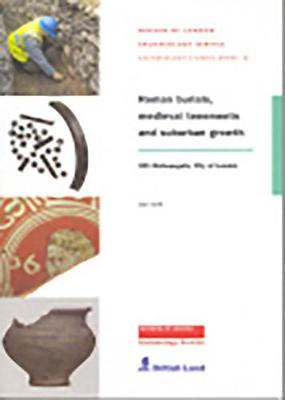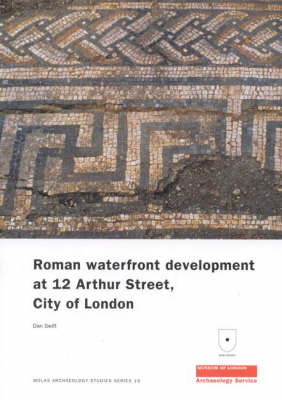MOLAS ARCHAEOLOGY STUDIES
2 primary works
Book 10
The excavation at 201 Bishopsgate in 1998-9 uncovered evidence for Londinium's northern cemetery, roadside occupation along Roman Ermine Street, and medieval and later development to the west of Bishopsgate. This area has been extensively used and re-used, from burials to refuse-disposal to houses, as London has expanded. This volume documents the excavation with many pictures and tables, as well as extensive descriptions and discussions of the excavation at each stage.
Book 19
Roman Waterfront Development at 12 Arthur Street, City of London
by Dan Swift
Published 12 December 2007
Archaeological excavations at 12 Arthur Street in 2001-2 produced new evidence for the Roman riverfront development which constitutes an important addition to our knowledge of Roman London's foreshore, its waterfront, quays and buildings. This study brings to light new evidence for the Claudian waterfront and construction of the terracing along the natural slope of the riverbank. Post-Boudican and Hadrianic developments included the construction of two, more solid, timber quays built in c.AD 70-80/3 and subsequently AD 120 as tidal regression generally hastened the decline of the port. The remains of major buildings include a possible early bathhouse as well as 1st- to mid 3rd-century AD high-status buildings with hypocausts, paved floors, mosaics and painted wall plaster. One of these may be a part of a building previously recorded at the adjacent site of Suffolk House, where it was interpreted as a goldsmith's premises. Other buildings at Arthur Street are interpreted as high-status residential complexes or townhouses. Alongside the buildings was a large well containing the remarkably well-preserved elements of an elaborate rotary water-lifting device consisting of the wooden buckets and iron linking chain. Undertaken as part of a mitigation strategy, the excavations left many important Roman remains in situ for future generations of archaeologists to explore further.

